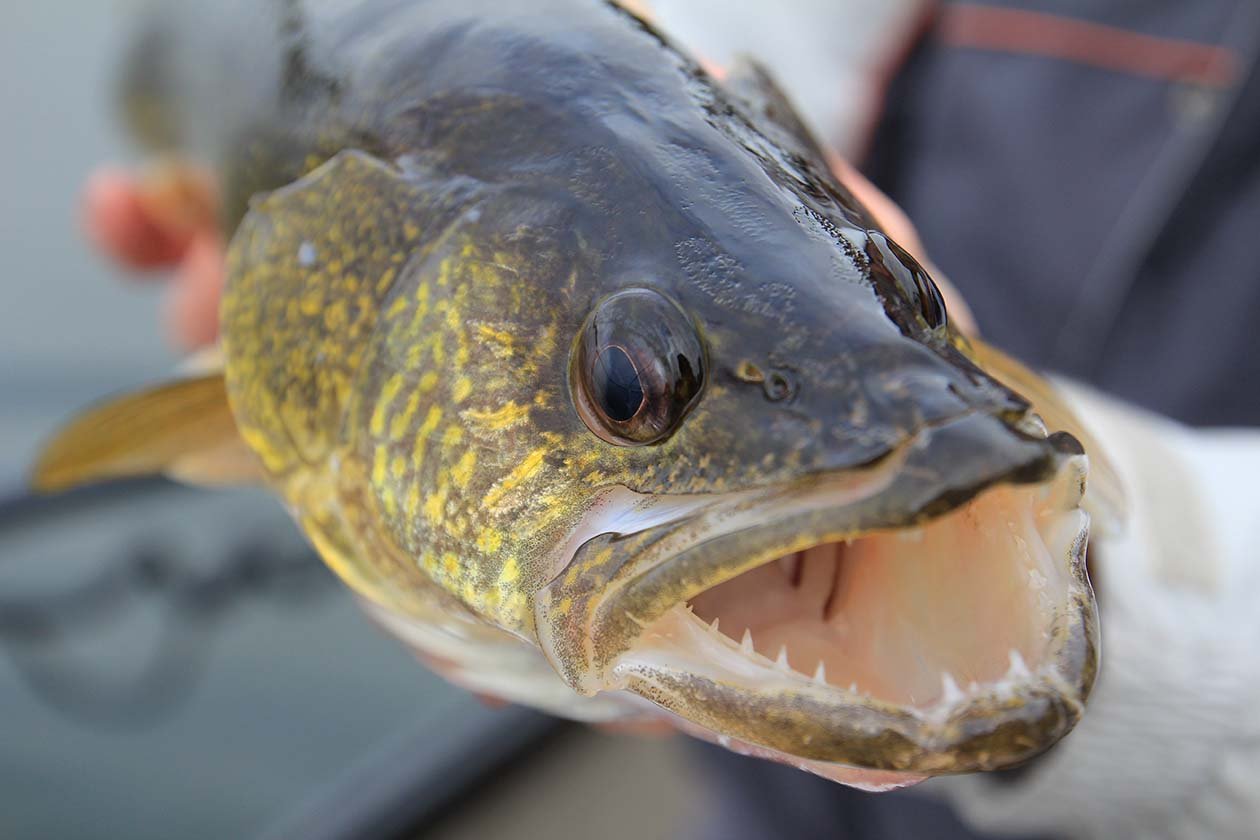Commentary: The forward-scan genie is out of the lamp in fishing; now what? – Outdoor News

Forward-facing sonar is starting to get a bit of pushback from anglers other than the many of us who are envious of those who can afford it.
Pat Neu, president and co-founder of the National Professional Anglers Association, and venerable media angling personality and fishing hall of famer Al Lindner recently published an editorial suggesting that the increased efficiency of the technology is likely to mean declining fish populations and/or fishing success if state fisheries agencies don’t adjust harvest regulations to account for the increased harvest.
Neu and Lindner point their comments toward fisheries where fish are caught and kept – fish such as crappies and walleyes, among others. Not mentioned, but also likely to be impacted, will be freshwater stripers and Great Lakes salmon and steelhead.
RELATED STORIES:
Angling tech topic: What does live sonar mean for fisheries?
Simple fishing in complex times: Target your local river system
Commentary from a pro walleye angler: Use forward-facing sonar responsibly
Neu says state agencies may need to adjust harvest levels as forward scan sonar becomes more widespread among anglers.
“We need to help fisheries managers across the country understand how effective this new technology can be, and we need to assist them in any way we can as they begin to look into the effects of increased catches due to this new technology,” he said.
And while Neu notes that only a small percentage of anglers have the FFS gear at present, that’s likely to change rapidly as the sonar companies skim off the cream.
“I wouldn’t be surprised to see this technology available at or near $1,000 in the next three to four years,” he said.
Lindner is also concerned.
“The harvest levels and damage to crappie populations on some very popular waters around the country have been staggering because the fish can no longer escape our vision, especially when they winter in tight schools,” Lindner said. “It used to take some effort to stay on crappies when they moved. That’s no longer the case when you use FFS. Some crappie populations have been greatly impacted.”
Lindner says that FFS has completely changed muskie fishing, as well. While almost no one harvests a muskie, the toothy giants are heavily pursued by catch-and-release anglers. The fish show up like submarines on forward-scan, making it easy to put a lure in front of them and, consequently, to catch them much more frequently.
While a quickly photographed and released muskie is likely to survive, there’s a question whether the wear and tear of being caught, perhaps repeatedly during a summer, will have a negative effect on individual fish as well as on the overall muskie population in some hard-fished waters.
For species that are rarely harvested, such as largemouth bass in most areas, while the all-seeing sonar may mean increased catches, perhaps it won’t mean many fewer fish because so few anglers keep bass for the pan. The effect of loading them in a livewell for a mile-a-minute trip to a weigh-in and then the handling involved in that process has been shown to kill some fish, but most do survive to bite again.
But fish that are caught repeatedly by being “teased” into it on sonar are much less likely to hit the random casts of weekend anglers who are fishing without the benefit of $4,000 worth of technology, so there’s definitely likely to be an ever-growing battle between the haves and the have-nots.
And when it comes to tournaments, anglers who do not have forward scan are simply not going to put their money in the pot if some in the field are using FFS, except possibly in the brief periods when most fish are shallow in spring and fall.
There’s no question that for the past several years, anglers using forward scan have been catching thousands of bass that probably had never seen a lure before the advent of the all-seeing technology. These are mostly open-water fish that travel with bait schools, rather than relating to bottom structure as most of us expect them to do.
Be that as it may, as Lindner points out, technology never goes backward. We have let the electronic genie out of the lamp, and now it will be up to fisheries managers and angler ethics to deal with it.
Editor’s note: This story first appeared online in the Oct. 11 edition of The Outdoor Wire.







